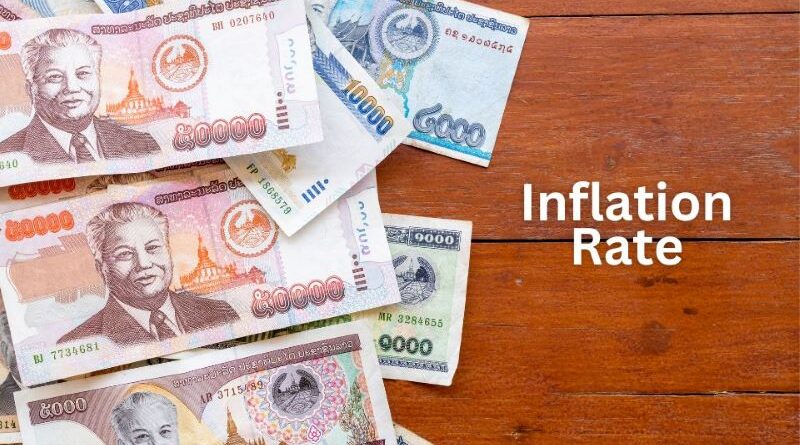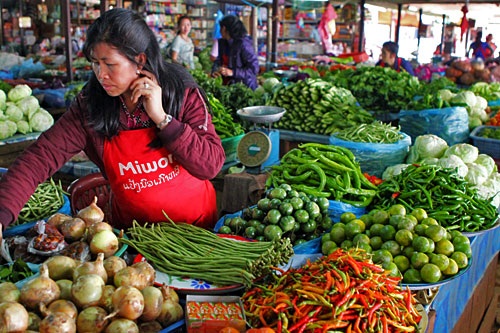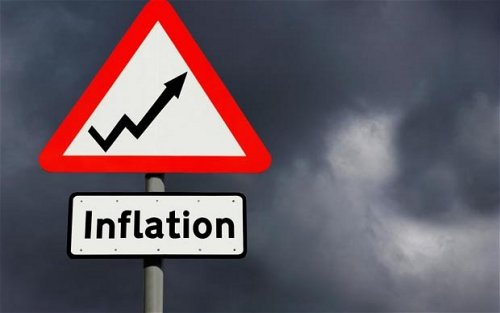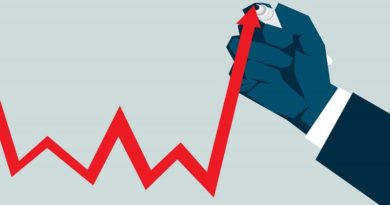July Inflation Rate Slows Down, Yet Remains High
Source: Vientiane Times
The year-on-year inflation rate slowed to 27.8 percent in July, according to the latest report from the Lao Statistics Bureau.
Although the cost of goods and services rose more slowly in July compared to May (38.86 percent) and June (28.8 percent), the rate of inflation remains high, with Laos recording one of the highest inflation rates in the region.
Over the past six months, the consumer price index increased by 38.06 percent. The surge in prices is closely linked to the depreciation of the kip.
In July, the hike in consumer prices was mainly driven by the food and non-alcoholic beverage category, which rose by 37.81 percent year-on-year.
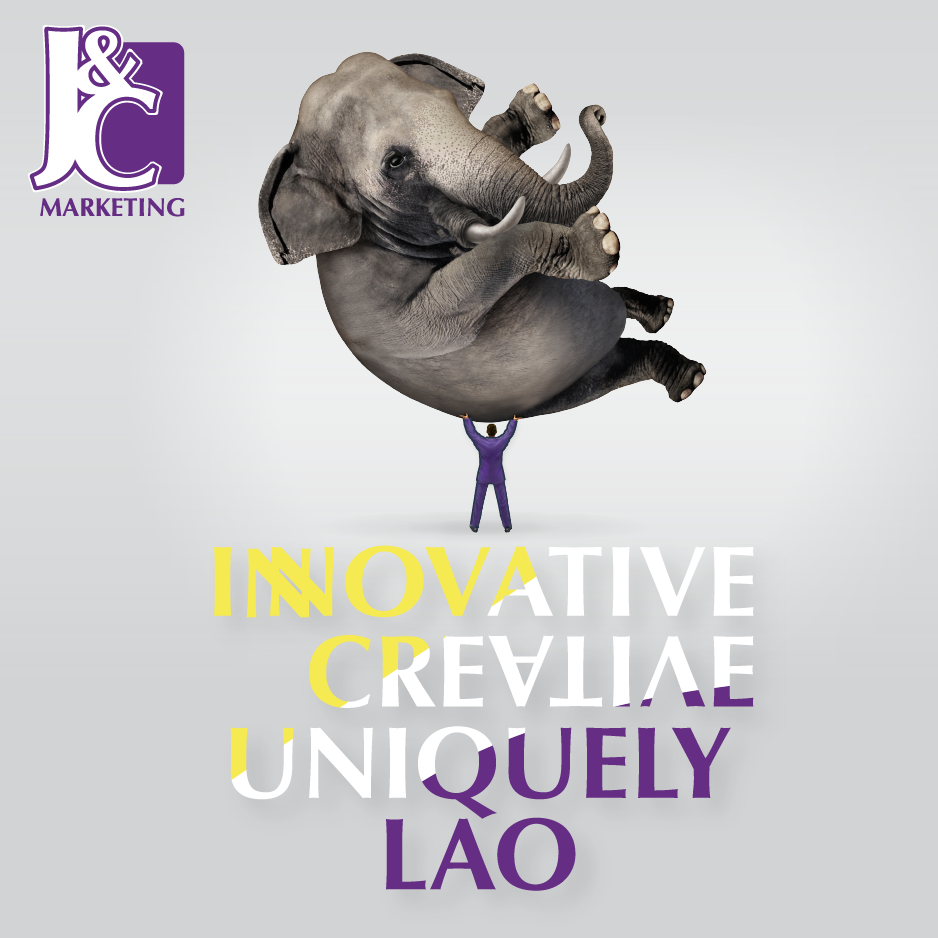
We are Your Marketing Partners in Laos
This was followed by the hotel and restaurant category (32.8 percent), clothing and footwear category (28.5 percent), household goods (24.7percent), the medical care and medicines category (20.8 percent), and communications and transport category (14.50 percent).
According to the Lao Statistics Bureau, inflation in July increased by 2.27 percent month-on-month, driven by the medical care and medicines category (4.97 percent) and communications and transport category (4.22 percent).
For instance, the cost of imported Paracetamol rose from 6,036 kip/tablet in June to 6,696 kip. Meanwhile the price of petrol rose from 19,553 kip per litre in June to 20,660 kip per litre; diesel from 17,039 kip per litre to 19,900 kip per litre; and city public transport fees from 6,949 kip to 7,393 kip.
The price of noodle soup went up from 24,229 kip per bowl in June to 25,092 kip, while the cost of products under price controls also continued to rise.
Laos imports more than it exports, with 70-80 percent of goods purchased in Laos being imported.
Most businesses base the price of their products on what it costs them to buy foreign currencies on the parallel market, which are traded based on supply and demand.
At the most recent monthly cabinet meeting, Prime Minister Sonexay Siphandone instructed the relevant government bodies to make a greater effort to stabilise currency exchange rates, curb skyrocketing inflation, and address the high level of public debt.
The Governor of the Bank of the Lao PDR, Dr Bounleua Sinxayvoravong, said it is essential for Laos to limit imports of luxury and non-essential goods that require large amounts of foreign currency, while reducing the use of foreign currency within Laos.
The government pledged to boost domestic productivity to restrict imports of products that Laos can produce so that the country can reduce the use of foreign currencies, especially the Thai baht and US dollar needed to buy imported goods.

